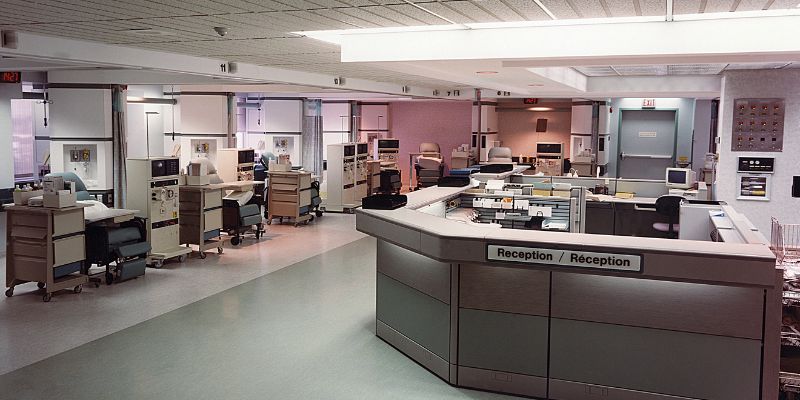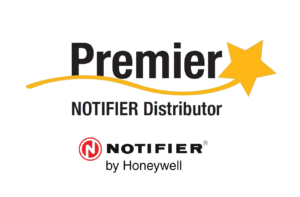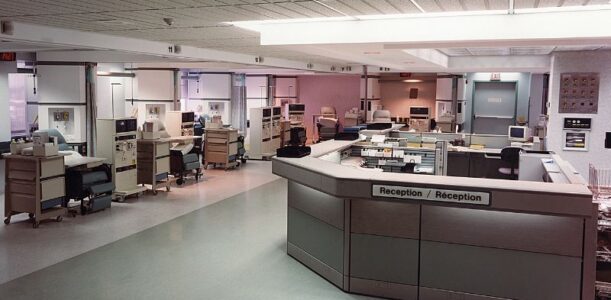
Get A Quote
Components of a Nurse Call Station
There are some basic elements to a typical nurse call station and understanding what all of these components are helps to better evaluate each area.
Dome and Corridor Lighting
Dome lighting are lights that are commonly located outside of patient rooms and staff areas to give healthcare workers a visual indication of colors with need. Nurses can see where the calls originate from, and some code stations feature multicolored LED lights to provide nurses with a high-visibility way of communicating patient call needs. Lights can even be programmed to flash in a particular sequence to give alerts to certain situations.
Patient Station
A patient Station allows nurses to communicate directly with patients or residents, which can save a lot of unnecessary trips to patient rooms. This optimizes healthcare professionals’ time and solves patient or resident needs. These stations can also hold medical equipment and wiring and can double as monitoring stations for medical needs.
In-Room Patient Speaker
The patient Speaker is the center of the patient’s experience and provides access to the nurse call station and often other room controls like room temperature and entertainment. When nurses speak to patients through the speaker, it should automatically mute the television to make sure communications are received.
Pull Call Cord
The call cord is usually present in every patient room and is plugged into a speaker jack to provide a simple and easy way for a patient to call on their nurse if they need something or in case of emergency.
Nurse Console
The nurse console is an area typically located at the nurse’s station or any area where staff receives incoming calls. The console is the area where calls are received from the current floor or ward and allows staff to communicate with patients or residents and schedule their care.
Code Station
The code Station is used by nurses to place code calls such as “code blue”, etc.… These code stations can be customized for codes typically required at the facility with pre-programmed audible messages and should be connected to corridor lighting.
Bathroom Station
There should always be nurse call buttons in the bath and shower in hospitals or long-term care facilities with water-resistant pull cords that residents can easily grab and pull in case of an emergency. Having pull cords in the bathroom allows patients to maintain their dignity if they need help or they have fallen in the bathroom.
Once nursing administrators become familiar with all components of the nurse call system, they need to identify their call needs and their budget.
Identify Nurse Call System Needs and Budget
Advanced nurse call systems improve communication with patients and workflow throughout teams. The type of call system implemented should be determined by many factors, such as the size of the facility, the needs of the department, and the patient demographics.
Nursing administrators must set realistic goals for implementation, research all options, tests, or compatibility with current system components, and speak with a few different national call system vendors. Providing training and support to the entire nursing staff and making sure patients know exactly how and when to use the call system will provide the most benefit for patients and nurses.
When evaluating facility communications, including fire alarm and life safety systems, as well as mass notification systems, be sure to speak with an experienced and reputable fire and life safety system provider.
High Rise Security Systems, HRSS, is a leading fire and life safety system consultant and provider with vast experience in protecting hospitals and medical facilities. We provide commercial fire alarm and life safety systems along with integrated security and emergency communication for hospitals and healthcare facilities in and around Chicago. Contact us with any questions and to learn more about improving your emergency communication system from Chicago’s leading fire safety consultants.



